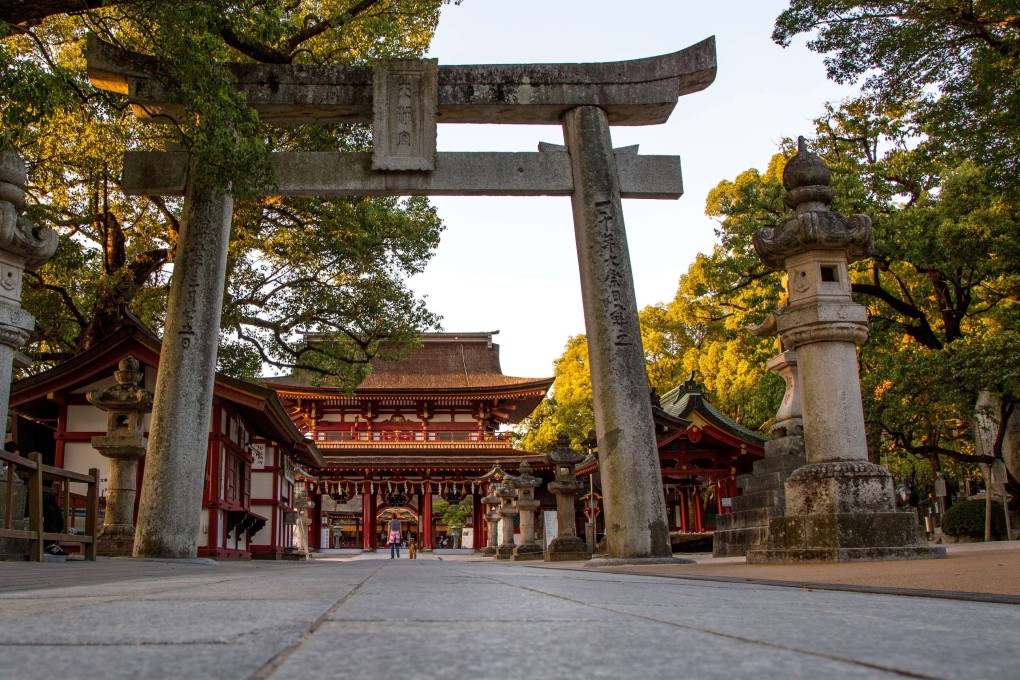A Zoom tour of Fukuoka will have to do for now, but it does give a flavour of what to expect from the real thing
- Immersive travel experiences such as our 45-minute tour of Japan’s fifth biggest city fill a gap while tourism is shut down, but we suspect they have a future
- For no more than the cost of a cinema ticket, tours give the armchair sightseer an impression of a place before they decide whether to hop on a plane

This afternoon I found myself in Fukuoka, a city of 1.6 million inhabitants on the northern shore of Japan’s Kyushu Island. Arriving at 5pm, I had only 45 minutes to take in the sights, but the brief visit whetted my appetite for a longer stay.
I was shown around Shinto shrines and soy sauce factories by my friendly Japanese host, Keiko Arita, who combines working as a tour guide with her passion for karate and flower arranging – although not at the same time.
The tourism industry is having to adapt to survive a new, uncertain normal, so my tour was of the virtual variety, undertaken through tourHQ, an online travel platform based in Singapore and Hong Kong.
Keiko hasn’t had a face-to-face assignment since February 7 and, if I needed reminding why, I only had to look at the passers-by, all of whom were wearing masks. So that I could hear her clearly, my guide didn’t cover her face, which meant she received a few funny looks from fellow pedestrians.
They must also have thought it odd that she was chattering away in English and pointing her iPhone in all directions as she pounded the streets. I followed in real time via Zoom, the web-based video conferencing tool.
There were no communication problems – Keiko has worked as an interpreter at Asia-Pacific Economic Co-operation summits. Nor were there any telecommunication hitches – the image on my laptop was sharp, sound quality excellent and in 45 minutes, our connection froze just once, for a second or two.